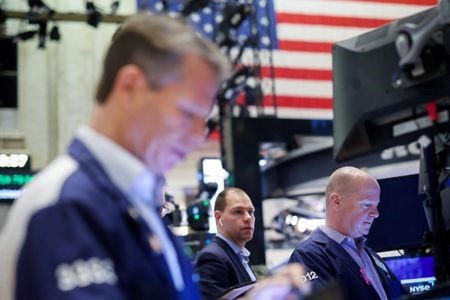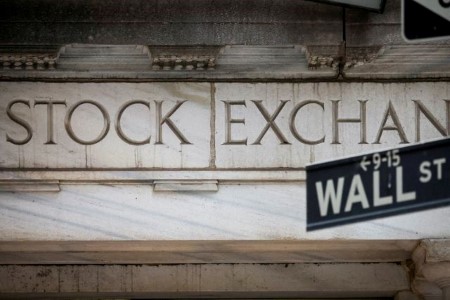TOKYO, Jan 16 (Reuters) – Japan’s 10-year government bond yield topped the Bank of Japan’s policy ceiling for a second straight trading session on Monday, despite a new wave of emergency bond-buying operations by the central bank.
The 10-year JGB yield jumped 1 basis point to 0.510% at the start of the session, exceeding the BOJ’s 0.5% cap.
The announcement of unlimited fixed-rate purchase operations in maturities up to 10 years and another 1.4 billion yen (USD 11 million) of unscheduled buying across the curve was slow to take effect on the yield, but by 0536 GMT had brought it back to 0.5%.
The BOJ will begin a two-day meeting on Tuesday, and speculators continue to pile on bets that Governor Haruhiko Kuroda and his team could be forced to tweak policy again. In December, the BOJ surprised markets by doubling the margin of tolerance for 10-year yields to 50 basis points either side of its 0% target.
While another widening of that band is seen as the most likely option should the BOJ move again, more extreme options include scrapping yield curve control (YCC) altogether, or even raising the negative overnight interest rate.
“The market is pricing in a chance of a hike in the short-term rate – not necessarily at this meeting, but in the next few meetings – and that’s the source of the yield spike,” said Naka Matsuzawa, chief Japan macro strategist at Nomura.
“That’s what the BOJ wants to fight against most. The BOJ is firmly against the notion of raising the short-term policy rate.”
Matsuzawa also highlighted the conundrum for speculators if the BOJ forgoes a change on Wednesday: with the next meeting not until March – the last of Kuroda’s career – can they continue to short the 10-year bond for so long when it has been the focus of the BOJ’s buying operations?
Monday’s rise in yields was dwarfed by the spike on Friday, when they hit the highest since mid-2105 at 0.545%, before being calmed by a record 5 trillion yen of buying by the BOJ.
Central bank policy makers have not spoken out about the market ructions because they in a blackout period before this week’s meeting. But Kuroda has insisted that the widening of the yield band was to correct market distortions, not the start of a stimulus exit.
Market participants say that functioning has actually deteriorated since then.
That puts BOJ officials in a predicament, because further tweaks could again backfire by stoking already red-hot speculation about a capitulation on decades-old ultra-easy policy.
Masayuki Kichikawa, chief macro strategist at Sumitomo Mitsui Asset Management, takes the contrarian view that a bold doubling again of the yield ceiling to 1% could actually lessen the pressure on the bond market.
“If the BOJ completely discards yield curve control, many people estimate JGB yields should stay around 0.9% to 1%,” he said.
“Of course, speculation would continue for a complete discarding of YCC, but the momentum of speculation would gradually become moderate,” he added. “The attack on the BOJ could become a little bit more moderate as time goes by.”
(USD 1 = 127.71 yen)
(Reporting by Kevin Buckland and Junko Fujita; Editing by Bradley Perrett)







 DOWNLOAD
DOWNLOAD












